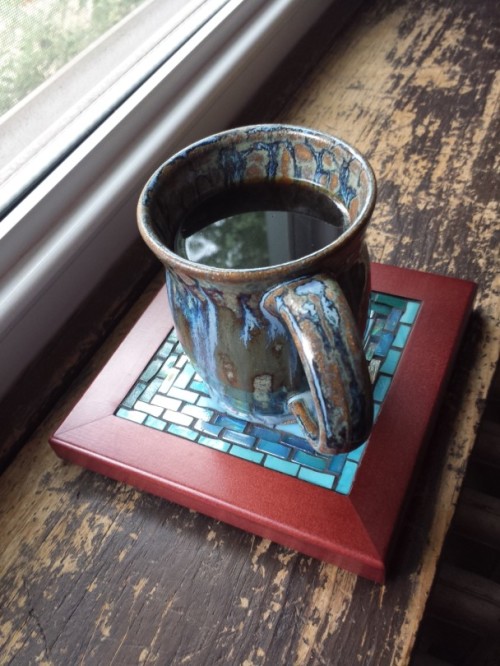
Starting the Day with Peaceful Blue Green: Coffee in a Favorite Mug and a Mat to Rest it On


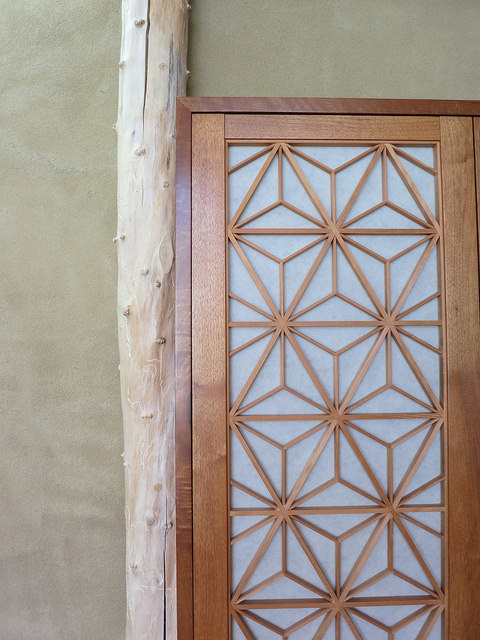
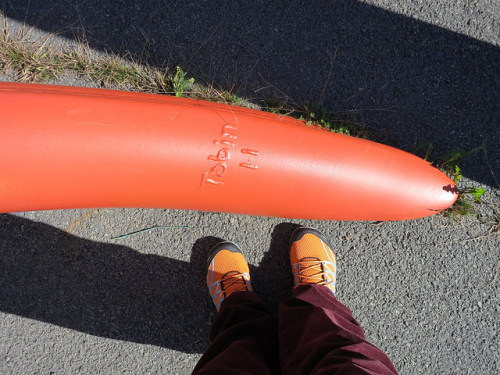
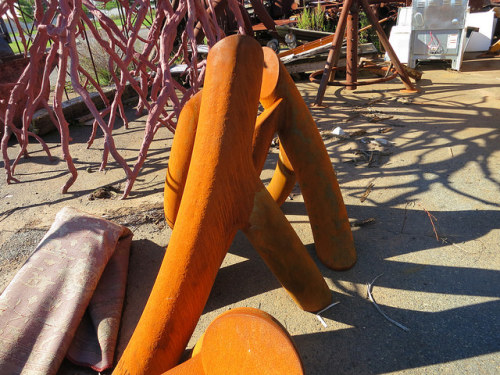
When the Michener Museum offered a tour of artist Steve Tobin’s studio, I signed up. He’s in a warehouse in a Quakertown, PA industrial park. After walking through the inside, and being surrounded by manifestations of Tobin’s creativity on a colossal scale, we went outside into the sunshine and toward the Sketch Pile. The rust on the piece above was intense.
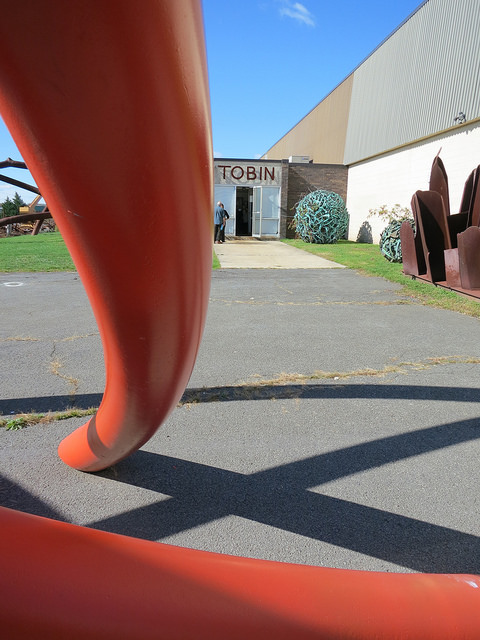
Shadow play was spot on.

Orange!
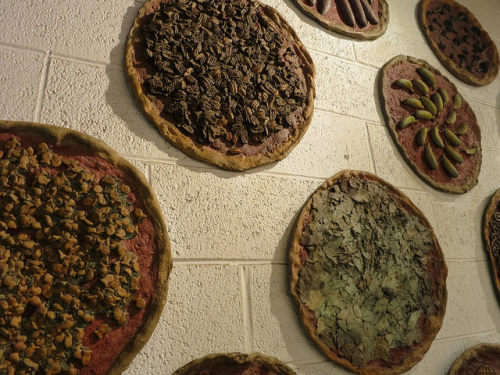
Right before we got to the exit, there was a hallway of cast bronze pizzas, which suddenly reminded me of the Karlton Cafe in Quakertown, which has some of these on the wall. Tobin said he finds food inspiring. Stratoz is up to 60 guests that he’s made pizza for in 2014, and that has been a pleasure to get to know people white eating homemade pizza.
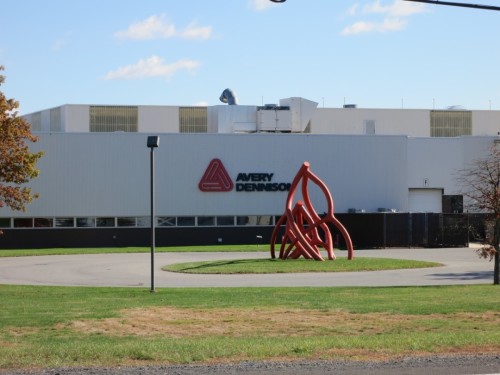
Across the street from the studio is another sculpture in front of Avery Dennison. If you have ever used a label, you’ve probably encountered Avery. The clip logo was designed by Saul Bass in 1975 for Avery, and it looks good with Tobin orange.
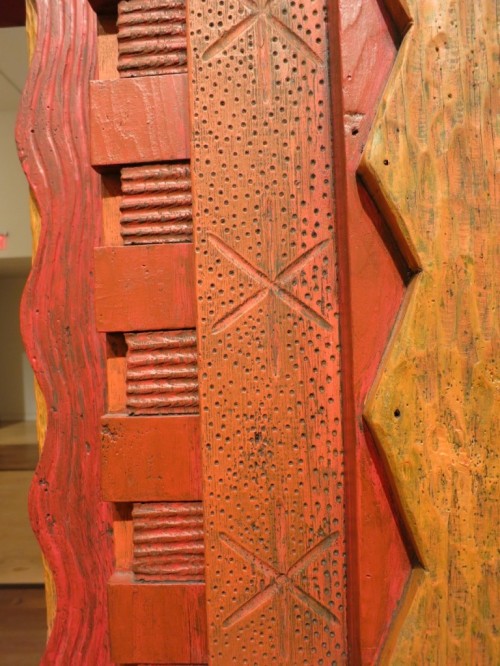
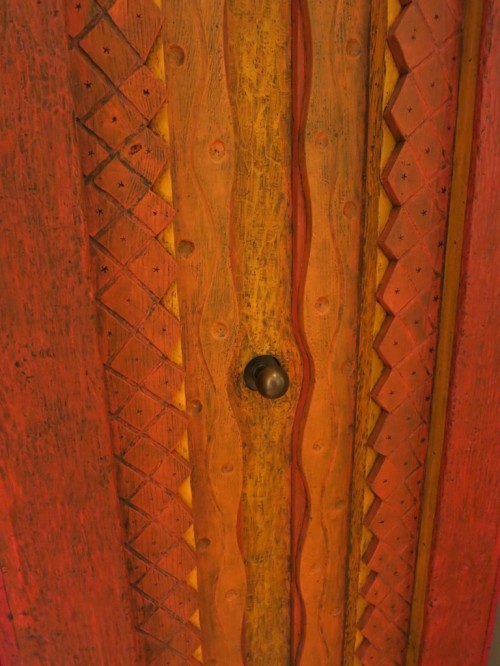
Stratoz discovered that the Michener Museum now allows photos of their collection. This is one of our favorite museums and we often wanted to photograph inside. When I wrote about the Phillip Lloyd Powell door, the Michener graciously provided a photo for me to use, but the pleasure now is in choosing details and angles.
There is a meditative practice called Lectio Divina, reading aloud and letting images and words resonate. When I look at photographs from a museum trip, it is like Divine Photography, where I continue the process of seeing and contemplating.
The door was open on this latest visit, unlike the stock photo where the door is closed. What a delight to focus on the hidden parts, the door tucked behind the wall, with its single knob.
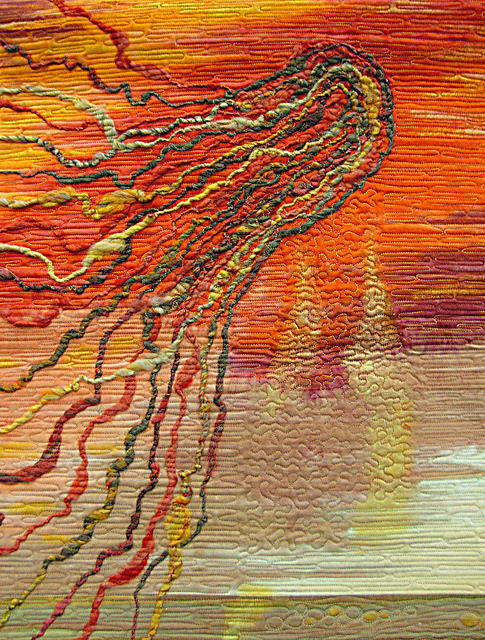

Carolyn Carson in her words:
Quilts are my medium of choice because they exemplify women’s work historically. In addition, I incorporate yarn that I have spun from wool and other fibers, also exemplary of women’s traditional work. I believe that utilizing traditional techniques in a contemporary way helps to draw attention to the lives of women. On a more personal level, it gives me a sense of continuity with other women – historically and globally.
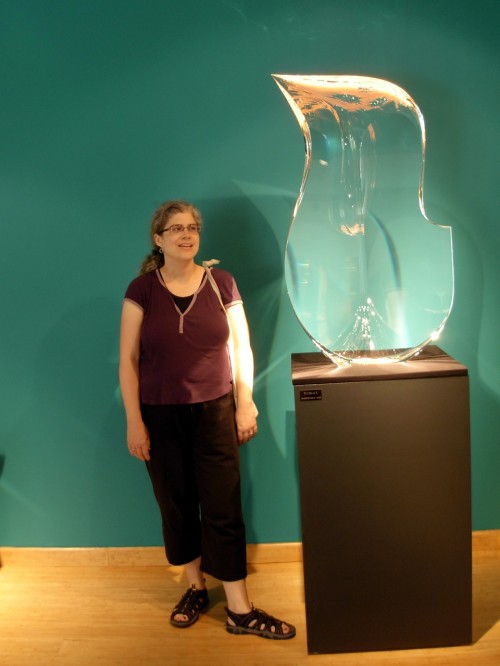
“Glass is the essential material which gathers, focuses, reflects, refracts, amplifies, filters, and transmits light.
I use these special light altering abilities to create a kind of optical poetry.”
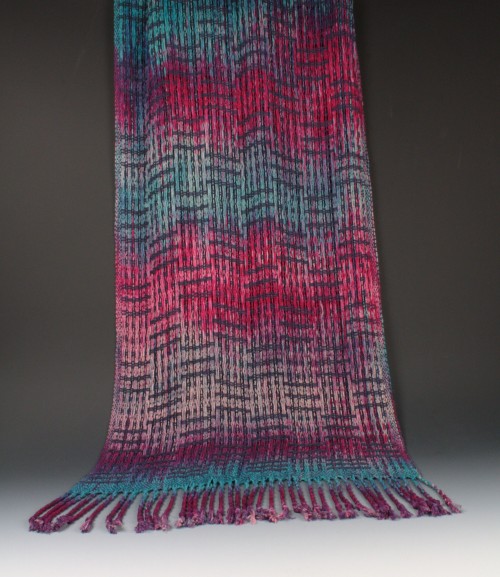
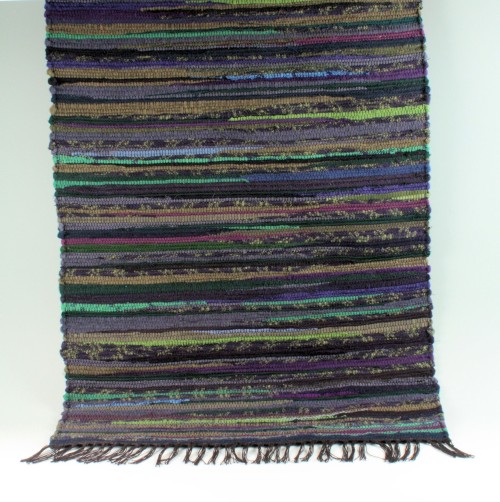
Amy Turner grew up in an artistic household, with both parents accomplished painters, and her father had a large ceramics studio. She has been weaving for over 35 years. Her father gave her a loom when she was in high school and she has been weaving every since

She does all her weaving in her home studio in Doylestown, and has 5 looms, a spinning wheel, and an enormous collection of related equipment, yarns, spinning fibers and fabrics.
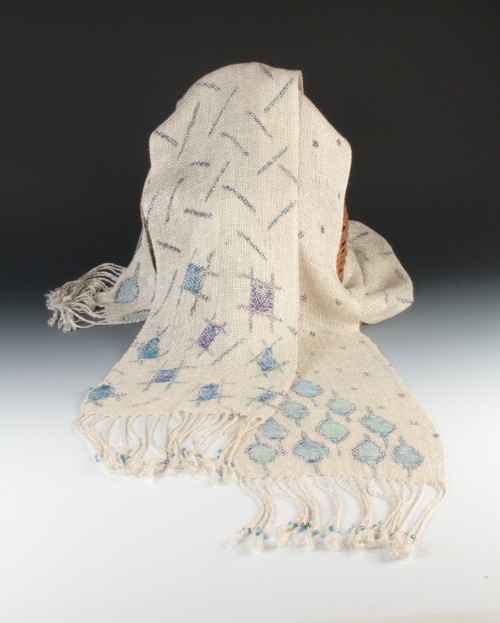
She combines traditional and contemporary styles, often with muted and neutral colors, using her own hand-spun yarn and hand-dyed fabrics.
Transformations 40th Annual Art and Craft Show, November 8-10, 2013, Hopewell Train Station, Hopewell, NJ.
Connie Bracci-McIndoe(pottery)
Susan Nadelson(hand dyed and handspun yarn)
Bernard Hohlfeld(artistic woodturner)
Ron Dombrowski(wood carving)
Sally Stang(pressed flower mosaic)
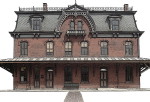
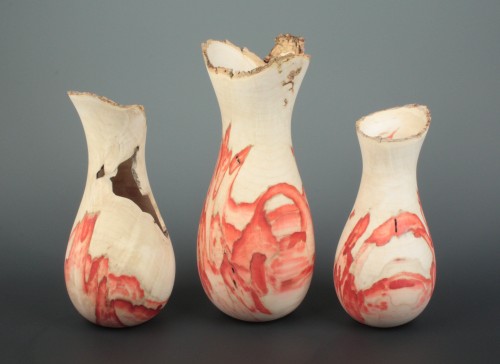
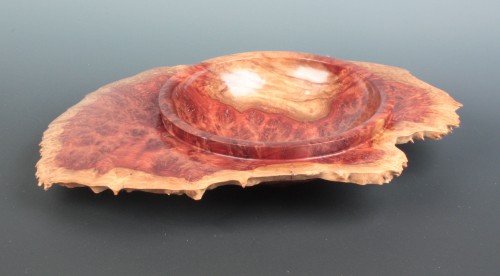
Bernard Hohlfeld is wood turning artist from Doylestown in Bucks County. He is a member of the Bucks County Guild of Craftsmen, the Bucks Woodturners, the American Association of Woodturners and a Juried member of the Pennsylvania Guild of Craftsmen. Bernard is a retired cabinetmaking teacher but is mostly self-taught in regards to wood turning. In 2003 Bernard began “Roundwood Studio” to explore the wonderful world of Artistic Woodturning.
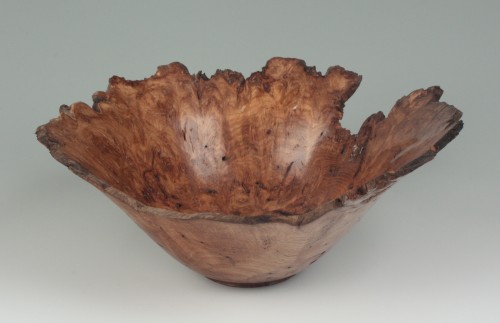
In 2010 his first book, “Turning Natural Edge Bowls”, was published by Schiffer Publishing.

Bernard Hohlfeld’ has expert ability to incorporate the texture of the tree burls into the graceful design of his bowls.
Roundwood Studio Website
Transformations 40th Annual Art and Craft Show, November 8-10, 2013, Hopewell Train Station, Hopewell, NJ.
Connie Bracci-McIndoe(pottery)
Susan Nadelson(hand dyed and handspun yarn)
Amy Turner(weaving)
Ron Dombrowski(wood carving)
Sally Stang(pressed flower mosaic)

N is for Nakashima, both George and Mira, and the home and studio in New Hope, PA. George Nakashima(1905-1990) was an architect who learned furniture making in a Japanese internment camp in Idaho in WWII, who ended up in Bucks County PA because architect Antonin Raymond sponsored him in 1945. Mira Nakashima, trained by her father in woodworking, carries on the craft in New Hope.
I went on a tour of the Nakashima Studio in 2003, one of first driving trips after a 12 year hiatus from driving. I was nervous navigating the Bucks County countryside, but determined to get to the studio, after being enchanted by the Nakashima Room at the Michener Museum. The tour began in the showroom, which had Nakashima chairs to sit in, and I was transported into comfort, into a wood embrace.
Source: wright20.com via Margaret on Pinterest
The Arts building has a mosaic mural, based on a drawing by the artist Ben Shahn. This was before I started making mosaics, and I was intrigued by the chunks of glass that made up the lines. Now I know these are smalti.
In honor of Orange Tuesday, I leave you with this photo by odhusky on Flickr, of a Nakashima chair:
Source: flickr.com via Margaret on Pinterest